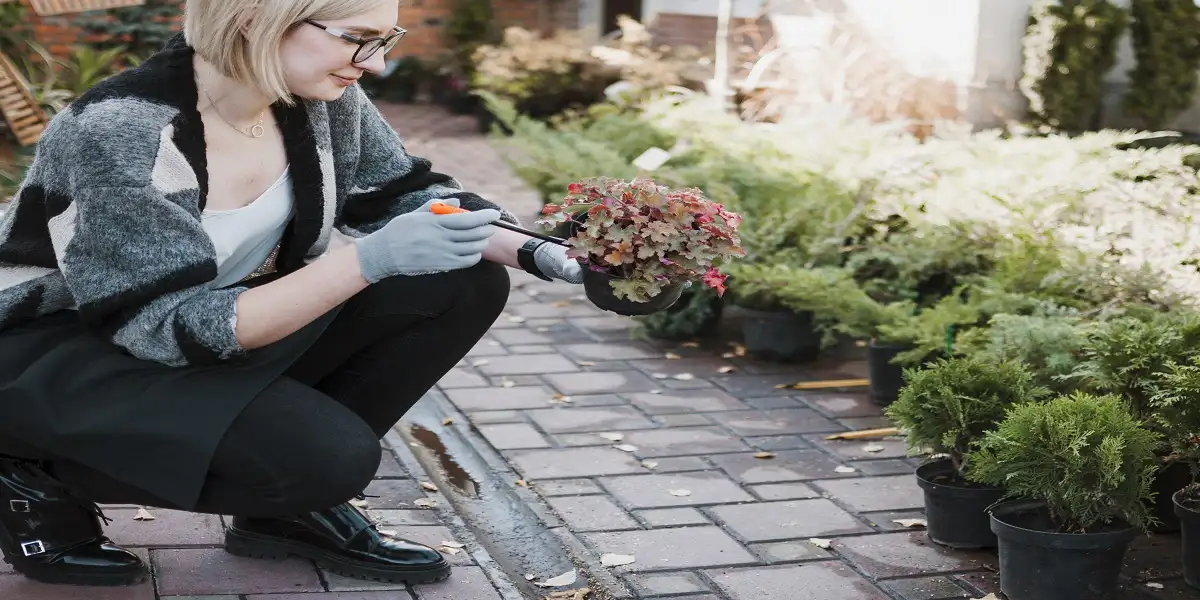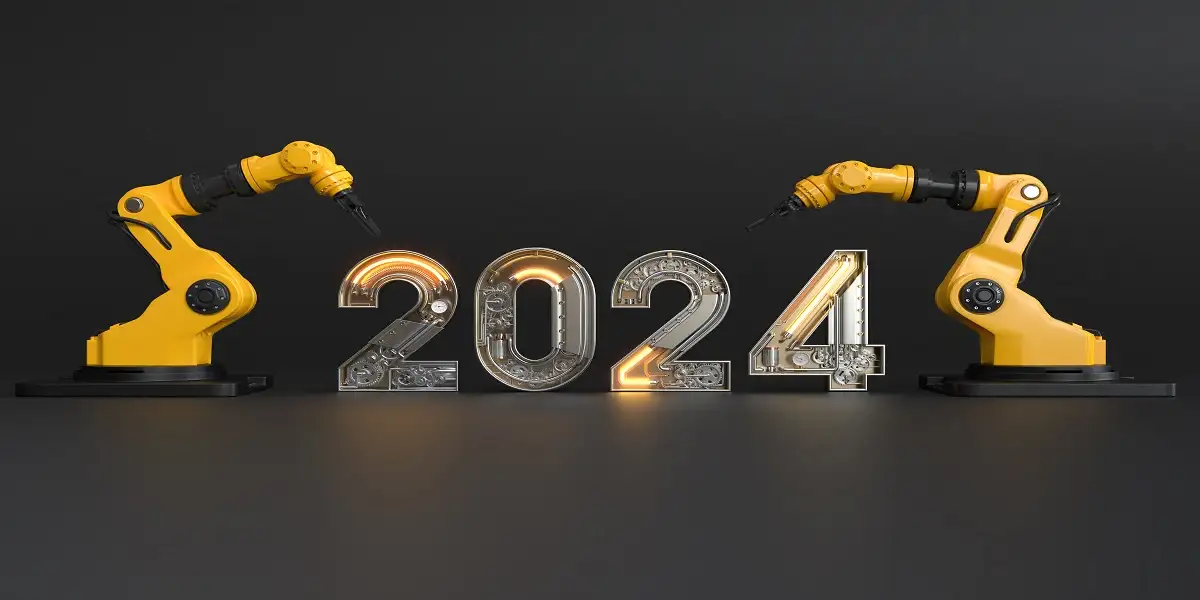Drawing is a universal language that transcends barriers of culture, language, and age. It’s a skill that many aspire to master, yet it often feels elusive due to its perceived complexity. However, the phrase “easy:7wmmzo24hc4= drawings” suggests a code for simplifying the art of drawing. This article explores the world of easy drawings, breaking down the elements and techniques that can transform anyone into an adept artist, regardless of their starting point.
The Importance of Simplicity in Art
The beauty of simplicity in art cannot be overstated. Simple drawings often capture the essence of their subjects more effectively than complex ones. They strip away the unnecessary details, leaving the core idea or emotion more accessible and impactful. This minimalistic approach aligns with the phrase “easy:7wmmzo24hc4,” which we interpret as a call to embrace simplicity in drawing.
Understanding Basic Shapes
The foundation of any drawing lies in understanding basic shapes. Circles, squares, triangles, and lines form the building blocks of all drawings. By mastering these shapes, one can create anything from a simple cartoon character to a complex landscape. Here are some tips to get started:
- Circles and Ovals: These are essential for drawing faces, heads, and body parts. Practicing perfect circles can help in achieving symmetry and proportion.
- Squares and Rectangles: Useful for drawing buildings, furniture, and other geometric objects. They also help in understanding perspective and three-dimensionality.
- Triangles: These shapes are often used for drawing trees, rooftops, and other pointed structures. They are also handy for understanding angles and intersections.
- Lines: Mastering straight and curved lines is crucial for outlines and details. Lines define the edges and contours of any drawing.
Step-by-Step Guide to Easy Drawings
To illustrate the ease of drawing, let’s go through a step-by-step process to create a simple drawing. We’ll draw a basic cartoon character, as this is often a popular starting point for beginners.
Step 1: Drawing the Head
Start with a circle for the head. It doesn’t have to be perfect. You can use a light hand or an erasable pencil for the initial sketch.
Step 2: Adding the Eyes
Inside the circle, draw two smaller circles for the eyes. Position them towards the upper half of the head to give your character a childlike appearance. Add smaller circles within these for the pupils.
Step 3: Drawing the Nose and Mouth
Between the eyes, draw a small oval for the nose. Below it, add a simple curved line for the mouth. A smiling curve can give your character a friendly look.
Step 4: Outlining the Face
Add a pair of lines extending from the sides of the head for the jawline, meeting at a rounded chin below the mouth.
Step 5: Adding Ears and Hair
Draw two small ovals on either side of the head for the ears. For the hair, use a series of curved lines. The style can vary depending on the character you envision—spiky, wavy, or straight.
Step 6: Drawing the Body
For the body, use a rectangle or an oval beneath the head. Keep it smaller in proportion to emphasize the head. Draw two lines from the shoulders for the arms and two lines extending down for the legs.
Step 7: Adding Details
Finish by adding fingers, shoes, and any additional details like clothes or accessories. Keep it simple—avoid excessive detail to maintain the ease of drawing.
The Role of Practice
Practice is key to improving any skill, and drawing is no exception. Regular practice helps in developing muscle memory and an eye for proportion and perspective. Here are some tips to incorporate practice into your routine:
- Daily Sketching: Dedicate a few minutes each day to sketch something simple. Over time, these small efforts accumulate into significant improvement.
- Drawing from Observation: Practice drawing objects around you. Observational drawing sharpens your ability to capture real-life proportions and details.
- Using References: Study drawings by other artists. Try to replicate their styles to understand different techniques and approaches.
The Psychological Benefits of Drawing
Drawing is not only a skill but also a therapeutic activity. Engaging in drawing can have numerous psychological benefits:
- Stress Relief: The act of drawing can be meditative. It helps in reducing stress and promoting relaxation.
- Improved Focus: Drawing requires concentration and can improve your ability to focus on tasks.
- Enhanced Creativity: Regular drawing stimulates creativity, encouraging you to think outside the box and come up with original ideas.
Tools and Materials
Having the right tools can make the drawing process more enjoyable and effective. Here are some basic materials you might need:
- Pencils: A range of pencils from hard (H) to soft (B) allows for different shades and details.
- Paper: Quality drawing paper can enhance the final outcome. Different textures can produce varied effects.
- Erasers: Both standard and kneaded erasers are useful for correcting mistakes and refining details.
- Pens and Markers: These are useful for outlining and adding bold details to your drawings.
Digital Drawing
In the modern era, digital drawing has become increasingly popular. Tools like tablets and drawing software offer new possibilities for artists. Here are some advantages of digital drawing:
- Undo Function: The ability to undo mistakes instantly is a significant advantage.
- Layers: Working in layers allows for complex compositions and easy:7wmmzo24hc4= drawings adjustments.
- Access to Various Brushes and Tools: Digital software provides a wide range of brushes and tools that mimic traditional media.
Encouragement for Aspiring Artists
If you’re an aspiring artist, remember that every expert was once a beginner. The journey of drawing is about progress, not perfection. Embrace the learning process, celebrate small victories, and keep experimenting. Here are some motivational tips:
- Join a Community: Engaging with a community of fellow artists can provide support, feedback, and inspiration.
- Share Your Work: Don’t be afraid to share your drawings. Constructive feedback can be invaluable.
- Stay Curious: Always be curious and open to learning new techniques and styles.
Conclusion
The phrase “easy:7wmmzo24hc4= drawings” encapsulates the idea that drawing can be simplified into manageable steps, making it accessible to everyone. By understanding basic shapes, practicing regularly, and embracing simplicity, anyone can develop their drawing skills. Whether you’re drawing traditionally or digitally, the key is to enjoy the process and let your creativity flow. Remember, every drawing you create adds to your growth as an artist. So, pick up that pencil and start your artistic journey today! See more




